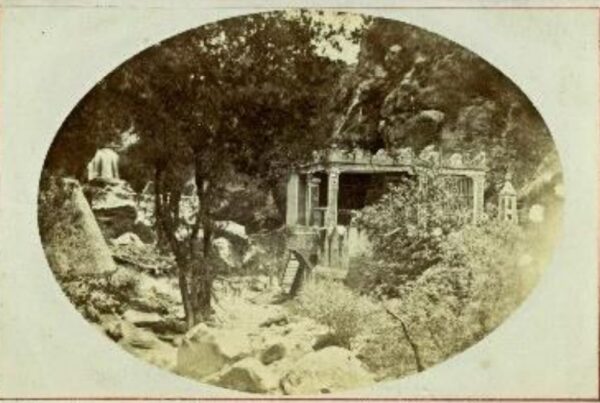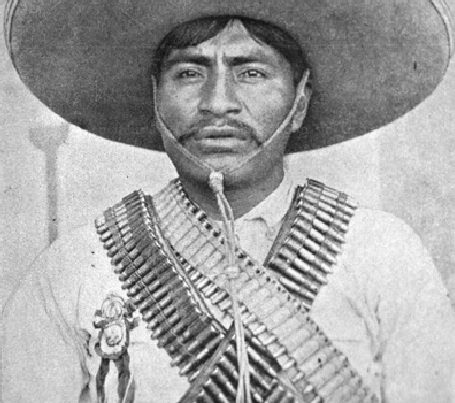This text has been written originally in spanish. The english version was translated by Jesús Faustino Soria.
Author: Ernesto Sánchez (Proyecto Texcoco en el Tiempo)
Netzahualcoyotl has been the most described and admired ruler of ancient Texcoco. According to the magnificent “Codex en Cruz”, he was born in Texcoco on the day ce mazatl in the year ce tochtli, which in the Gregorian calendar has been identified as April 28, 1402. He was the son of Ixtlilxochitl Ometochtli and a descendant of the Toltec-Chichimec lineage, a people who took the name Acolhua in the region.
In the Annals of Cuahtitlan, his predestination to greatness is narrated from childhood, when he fell into the water while playing on the shores of Lake Texcoco but was saved by the wizards of Tlacatecolotl, the owl-men, who flew him to Poyauhtecatl, also known as Monte Tlaloc. He was anointed with fire and divine water while being revered.
Like all great stories, Netzahualcoyotl’s went through a very tragic moment when he witnessed his father’s death at the hands of the Tepanecas, who wanted to annex the territory of the Acolhuas: Acolhuacan. Guided by his teacher, Huitzilihuitl, and supported by the inhabitants, he escaped from his pursuers many times in ingenious ways. He had to go into exile and reorganize his forces and allies until he regained his land with a great army.
After the victory, he formed the Triple Alliance that existed in the center of what is now Mexico. His military victories were known in many lands, and war booty was abundant. When he conquered the powerful lordship of Chalco, as part of his victory, he requested that ahuehuetes (Montezuma cypress trees) be sent to him, and he planted them in his palace in Texcoco, at the entrance of the city. Even today, we can see the descendants of those trees still standing.
He reorganized his native city with new buildings, new neighborhoods, and made it majestic. He created palaces, forests, and gardens, remnants of which we can still see in Texcoco (Ahuehuetitlan), Atenco (Tepetzinco, Huautepec, and Acatetelco), Yahualiucan (Calpulalpan), and Tetzcotzinco (Tlaminca and San Dieguito Xochimanca). The most famous of them, now popularly known as “Baños de Nezahualcóyotl” (Baths of Netzahualcoyotl). His ingenuity and art were so great that he created works for the Mexicas, such as the embankment that separated the fresh waters of Lake Mexico from the salty waters of Lake Texcoco, or the aqueduct of Chapultepec, as recorded in the “Mexicanus Codex”.
As the ruler of Acolhuacan, he received the title of Chichimecatecuthli, Lord of the Chichimecas, like his ancestors. Additionally, he was recognized by other peoples as Huey Tlatoani, according to Fernando de Alva Ixtlilxóchitl. He enthroned Moctezuma Ilhuicamina and was both feared and respected by him. To the point that, together with the Mexica advisor Tlacaelel, they devised plans to diminish his power, as suggested by the “Durán Codex”.
His legacy has reached us in hundreds of ways, from the poems attributed to him to the tradition of relating him to the deity Tlaloc, which persisted among some older people in the Sierra Nevada villages until a few years ago.
His life has always moved between myth and reality. There are academics who have criticized the historical sources that elevate him to legend. But in the popular imagination, Netzahualcoyotl has already transcended those limitations.





